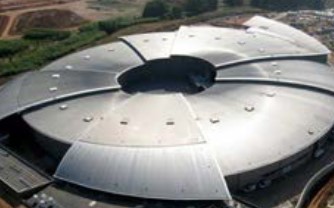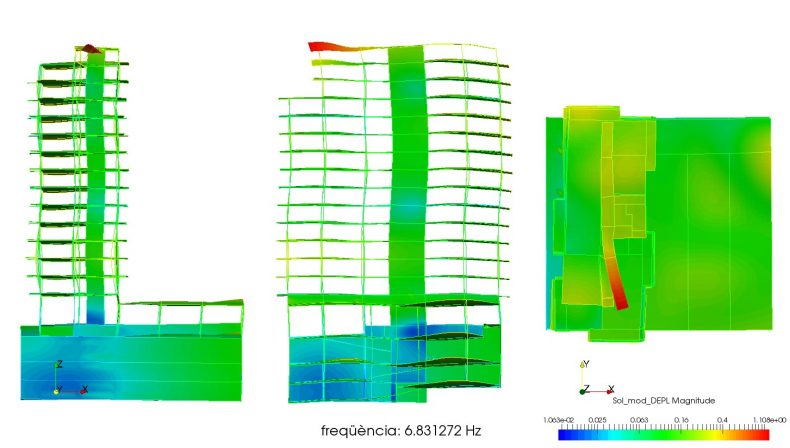Possible effects
1. Failure to comply with rail and building regulations, especially those regarding structural vibrations, will make it impossible to obtain necessary building permits.
2. Once the building is erected, any structural vulnerability or fault will be impossible to repair.
3. Vibrations caused by traffic and passing trains are often attributed to poor construction quality, and as such are liable to insurance claims from apartment owners, even when vibration regulations have been complied
Solutions
Using advanced tools and methods, ICR is able to conduct an intensive study of ground and situational vibrations, as well as simulate and analyse their structural effects on anticipated building models.
As a consequence, ICR is able to assess if there will be a risk of non-compliance with local municipal and environmental regulations, and can therefore advise clients on how best to improve the vibrational integrity of their structural designs
Benefits
1. Where there is close proximity to railway or metro lines, ICR is able to initiate a vibrational study and ensure the necessary building permits can be obtained prior to construction.
2. Even in cases where permits are not required, a vibrational study will measurably improve the structural quality of the building.









